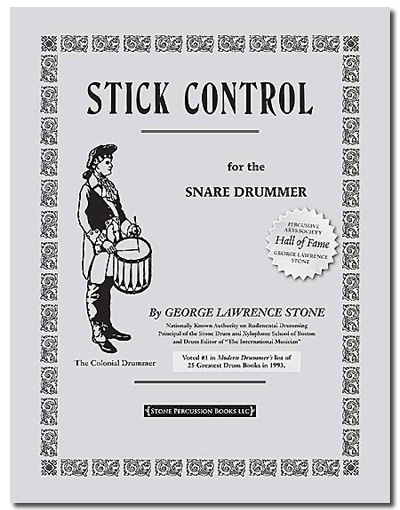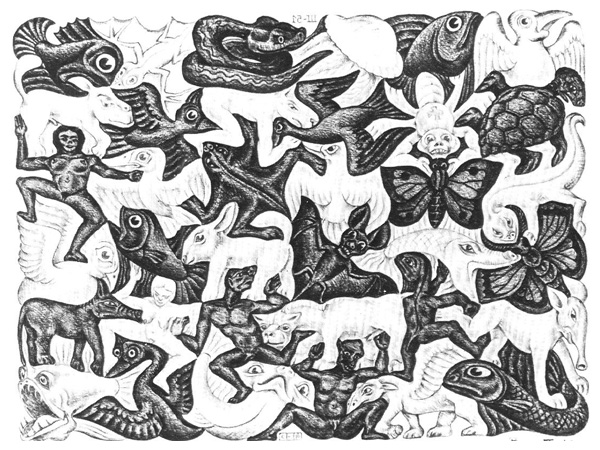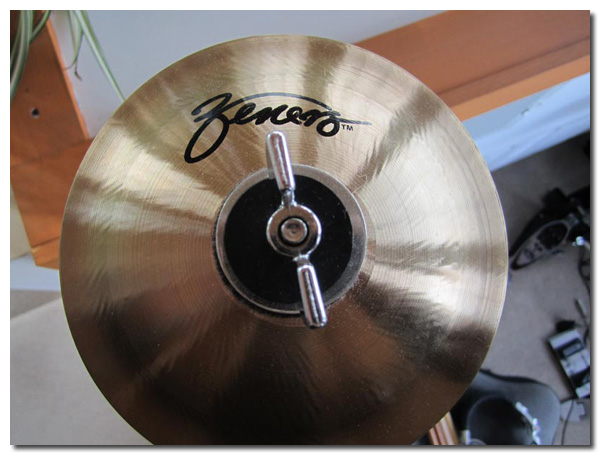You could spend your life on the first six pages of "Stick Control" and still not cover all the possibilities. Dynamics, accents, foot-hand, foot-foot, fast/slow, hands on top of foot patterns, feet on top of hand patterns, regroupings and accenting in 5-7-4 (regrouping of the 16 strokes per pattern), 7-5-4 (re-regrouping of the 16 strokes), yadda yadda. If you see the first six pages of Stick Control as just exercises, you miss the fantastic complexity YOU can introduce to constantly humble yourself while hovering over a practice pad.

The original post related to the PDFs below (link) provided two downloads. The first was all 65,536 R/L combinations for 16th note groupings (so full measures of 16th notes in 4/4 time). The second contained all 4,096 8th note triplet groupings (so full measures of 8th notes in 12/8 time, or 4/4 "jazz" triplets).
This first set is academically complete, but any sticking combination with more than 4 R's or L's in a row is just endurance overkill (and even 3 becomes a problem until you figure out your fingers or controlled rebounds). In the interest of having something a bit easier on the warm-up and coordination routine, six new PDFs are below that divide up the 16- and 12-note grouping PDFs into 16- and 12-note sets that contain no more than 2, 3, or 4 R's or L's in succession (including the repeat of the pattern as you hammer through X many times). In sticking with the Terry Bozzio theme of the ostinato description of the first post, one could call these "The Easy Teenage New York Versions" of the original series.
Some Practice Ideas
The usage styles are the same as before. I have discovered a few things in working through the 2 R/L triplet combination page that I'll point out.
1. Work through the whole list once without a click to get comfortable with the patterns. Going in cold will only frustrate when you reach a pattern your hands just aren't interested in playing correctly yet.
2. The best way to build independence is to overwork your brain. If you can do "the pattern" with your feet playing a pattern, great. Your voice makes for a great 5th limb, more so when you speak the time out loud (in-head counting doesn't quite cut it).
3. Put your hands on different instruments (maybe obvious). R on bell, L on snare, etc.
4. Escher-ize the patterns (see the sticking pattern as two independent patterns, then try to merge them). There were more than a few patterns where my hands did not work for the first passes, specifically a few patterns where the RR or LL occurs at the end of one beat of three and the beginning of the next beat of three (RRL LRR, for instance)).

My solution was to stop trying to play the sticking pattern and instead focus on playing "one hand" of the pattern, then filling in the missing beats with the other hand. For instance…
RRL LRR LRL RRL
Gets reduced to only the right hand, so only play the pattern as…
RR_ _RR _R_ RR_
When that's comfortable, fill in the empty spaces with the left hand, perhaps playing the L at half-volume (say "l") so the R pattern still stands out…
RRl lRR lRl RRl
Two things may happen. The first is that trying to stop thinking in terms of clave and instead in terms of sticking combination will make you butcher the pattern again. That just means you need to practice the pattern longer. The second is that you'll play this thing with your right hand, think to yourself "that's kinda funky if I play that on the bell," and you'll discover a groove that is magically easier to play than you thought based on your previous mangling of the pattern.
The Files
For notes on their generation, see www.somewhereville.com/?p=1399.
Ideas of pattern use abound. If something hits you as particularly profound, please send me a note (damian@somewhereville.com) and I'll gladly added it to the list.
